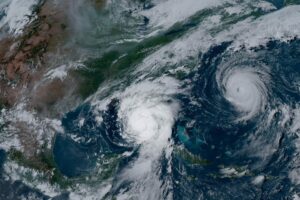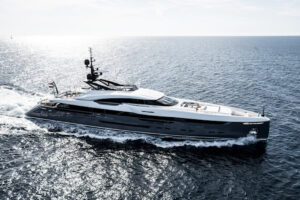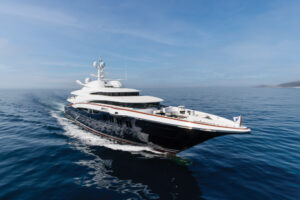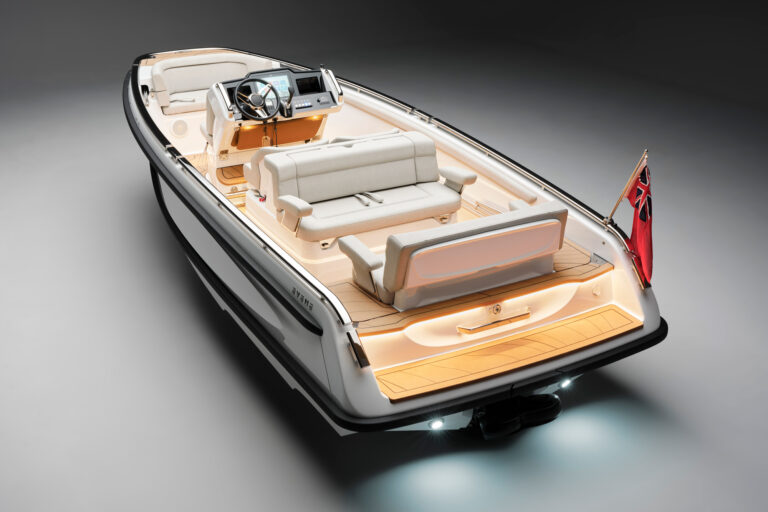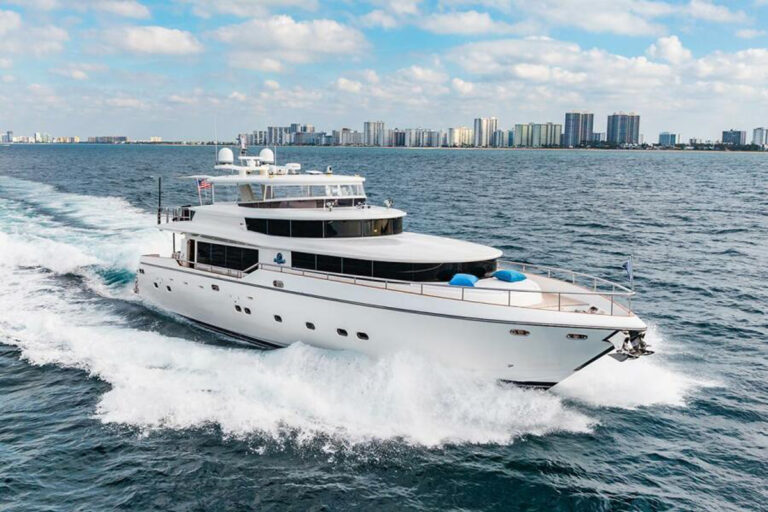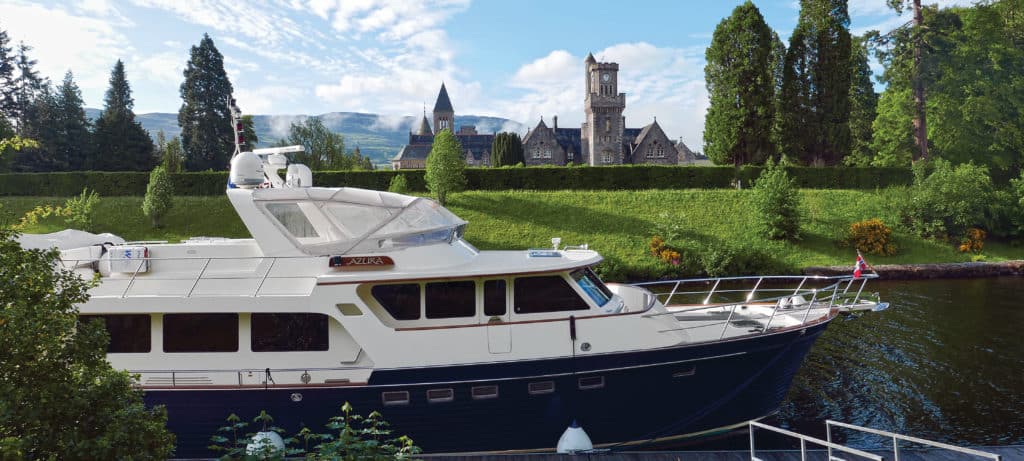
As a child, thomas Kittel would get seasick crossing the Rhine river in his home country of Germany. Today, the captain and his wife, Jutta, have voyaged more than 18,000 nautical miles aboard their Marlow 72E Azura, including cruises in Russia, Norway and a recent 129-day jaunt through the British Isles.
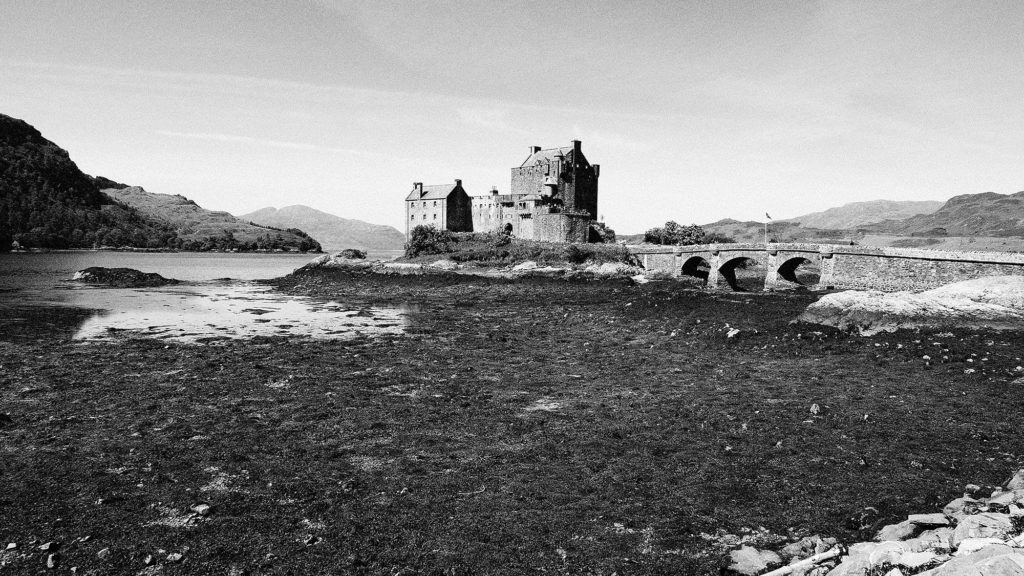
It takes more than desire and the ability to fend off mal de mer to cruise more than 27,000 nautical miles around the globe, as this couple has done aboard all their boats. Their next port of call? Portugal, once again showing that they seek out the ports that other cruisers often skip.
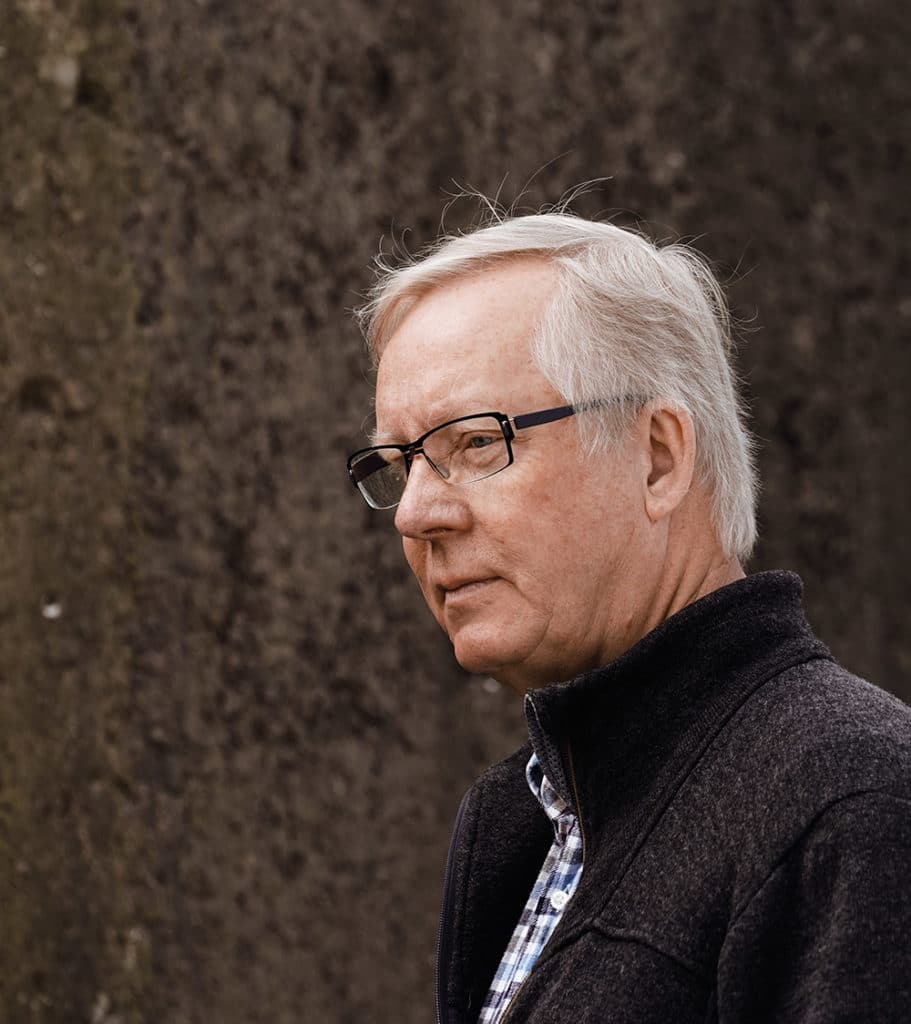
THE MAN
Thomas is a planner. While he and Jutta didn’t single up lines until May 2016, the routing for their recent 3,904-nautical-mile British Isles adventure started the previous Christmas. He first created a week-by-week cruising schedule outline. Then, he whittled the seven-day plans into daily cruising agendas, accounting for buffer times and noting that foul weather and harbor facilities would affect the itinerary. Simultaneously, the couple had Azura stored in a heated facility in Germany where all of the vessel’s pre-trip maintenance was performed.
With food and parts readily available throughout most of Europe, the Kittels have always accounted for about two weeks of stores at a time. The one exception to their standard provisioning plan came during a Russian cruise a few years back. Thomas says they didn’t know what to expect, so he and Jutta loaded up the yacht and prepared to be self-sufficient for two months.
They may sound like lifelong cruisers, but this couple found the lifestyle later on, in 1997 during an inland waterway charter in Burgundy, France.
“Friends had recommended this experience to us,” Thomas says. “They had chartered a boat and were totally excited about it.”
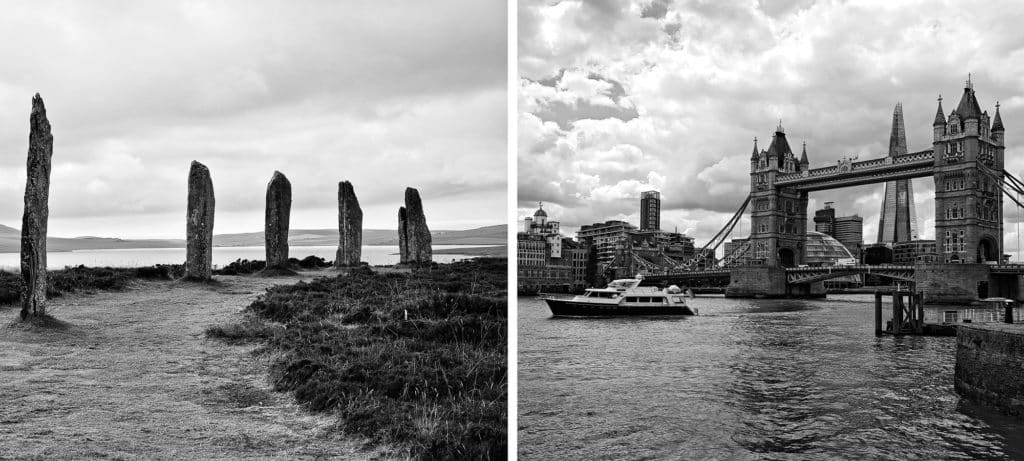
At that time, the Kittels were concerned about the fit of the yachting life, especially with young sons.
“They were very dynamic at that time, and it was hard for us to imagine whether they would like to be imprisoned on a boat for a week,” Thomas says. “But it all turned out 180 degrees different.”
That about-face eventually included a shift from being charter guests to becoming owners. Their first vessel was a Trader 475, which they had for one year, followed by a Trader 535 for another six years.
“We started cruising the Baltic Sea, which became our ‘home sea,’” Thomas says. Some of the couple’s early itineraries included Denmark, Sweden and Norway. Owning the smaller craft prepared them for the step up to their Marlow in 2009, Thomas says, teaching him how to use two engines, bow and stern thrusters and a digital chart plotter.
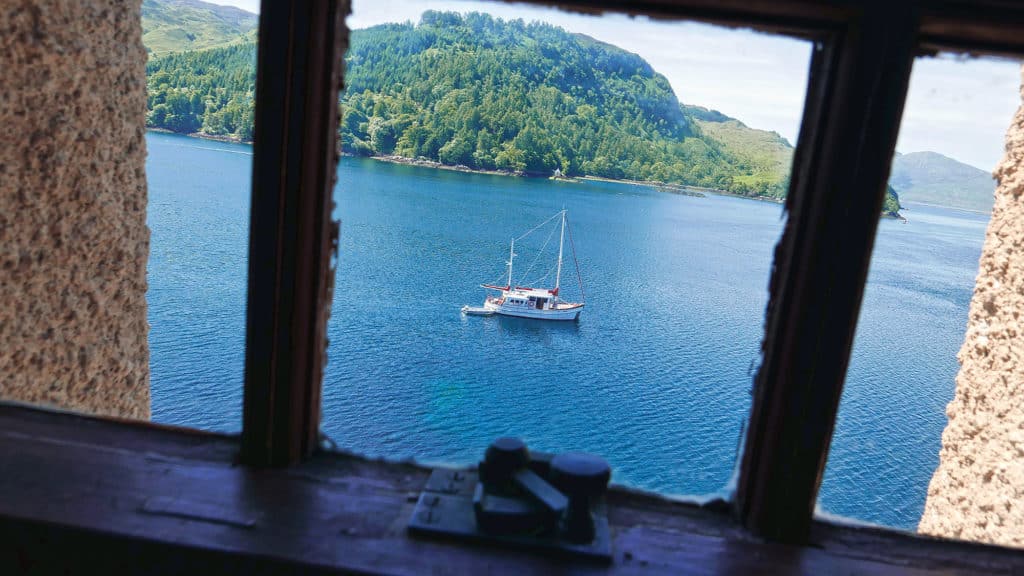
While still learning aboard the Trader 535, Thomas read a story about the Marlow 65 during a business trip to the United States. The yacht, the yard owner and the story struck him, so he tore out the article, filed it and “never forgot it.” When it was time to move to a larger yacht, he knew what he was getting.
He also knew that he wanted the yacht to take him and Jutta on a never-ending voyage of discovery, which recently included Northern Ireland. He was excited to see the Giant’s Causeway, a string of nearly uniform columns near the coast, formed by volcanic activity millions of years ago. The marinas and harbors at Ballycastle, Bangor (near Belfast) and Portaferry were “wonderful.”
Thomas appreciated the country’s transitioning topography, from rocky cliffs to hilly areas to sprawling sand dunes, all of which he and Jutta could see while cruising the coastline. The sights, he says, were as interesting as the people were friendly and helpful.
The couple also spent some time on dry land. They rented cars 12 times for a total of three weeks, checking out the local scenes from England to Scotland to Ireland and back.
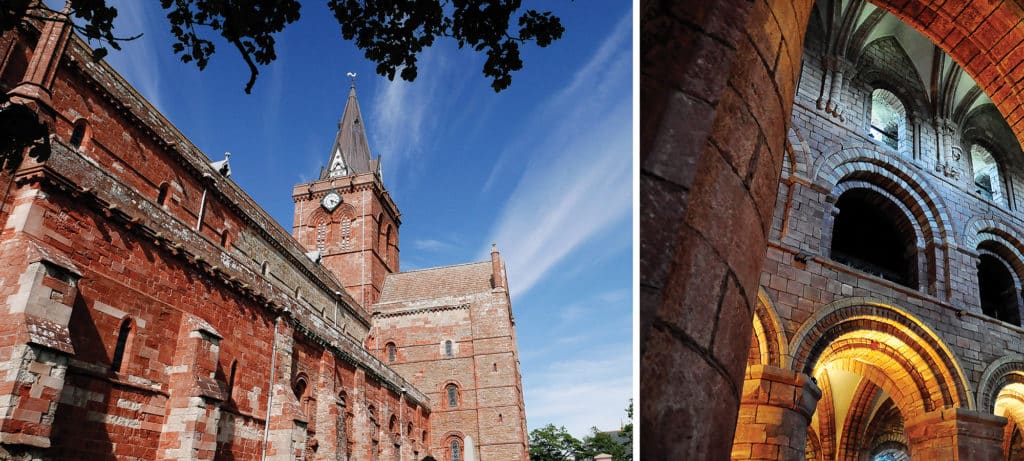
“You are traveling in an area which is unbelievably rich in history and nature,” Thomas says. “Wherever you are, you find castles, monuments, traces, cottages, villages, mountains, hills, rivers and creeks.”
But as with any passage — even one with stunning scenery and especially one that takes about four months to complete — the Kittels found that their most recent adventure also had its challenges.
Thomas says the biggest hurdle was varied and significant tidal swings. Depending on the yacht’s location, tides ranged from a relatively benign 6½ feet to a jaw-dropping 39 feet.
The experience in dealing with the ebbs and flows taught the Kittels three lessons, Thomas says: “First, the tide determines your schedule, since many harbors can only be accessed or left in certain tidal windows. Second, the tide influences your speed. It may help you, but it also may hamper you. Thirdly, some tidal harbors do not offer pontoons, so [you] have to tie the boat to the pier. You better use long lines. In general, you have to plan more precisely than usual.”
There were also certain marinas and harbors that refused Azura entrance because of her size, requiring the couple to tie up alongside other willing yachts. Otherwise, they left the marinas and found some sort of solid structure they could use to secure their beloved yacht.
Of course, it’s also not a cruise without some foul weather.
“Our main wind direction in Northern Europe is from the west,” Thomas says. “So the basic idea was to cruise protected against the westerly Atlantic swell as much as possible and, if exposed to the swell, have it from behind and not against our bow, or be in protected waters. Also, we speculated to have better weather conditions in July and August versus May and June, which only partly worked out. As we know, plans are plans and reality is reality in the end.”
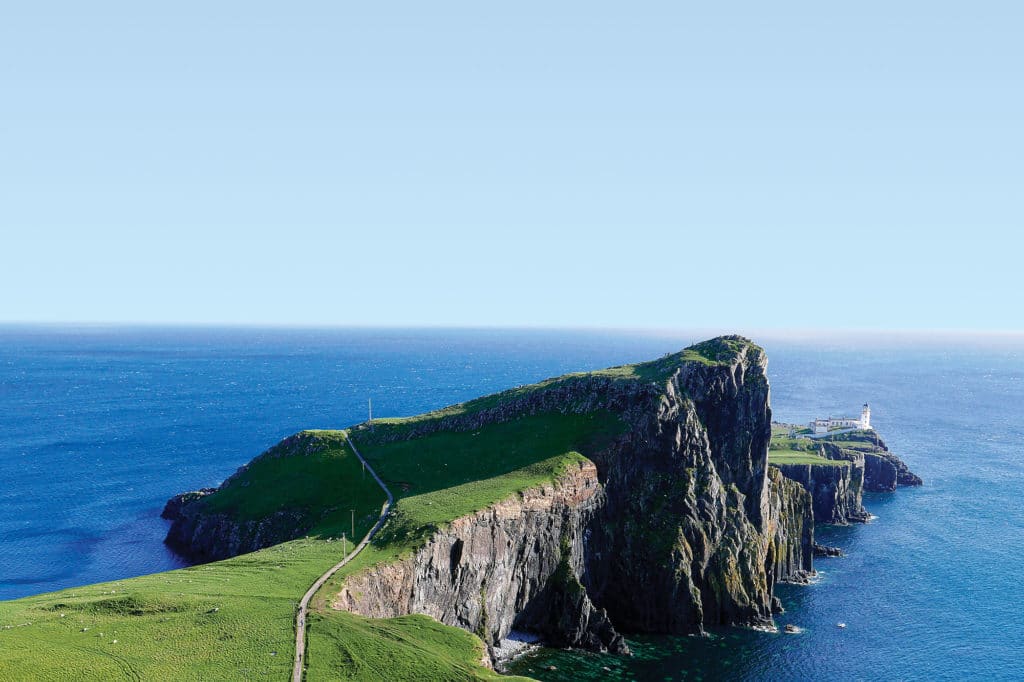
At one point, Azura spent five days dockside at Hartlepool on the North Sea coast, and then spent another three days dock-locked at Bristol Channel. Even still, eight days of lost cruising out of 129 on board was a pretty good ratio.
Of those 129 days aboard, 70 were spent in transit. The average daily passage was 50 to 60 nautical miles, and the Kittels’ longest single run was 117 nautical miles from Bristol, England, to Padstow, England.
Thomas is a yachtsman who has come a long way since crossing the Rhine as a boy. If you keep your eye to the horizon, you may just catch a glimpse of Azura and her dynamic duo heading off on their next adventure. Who knows where that may be?
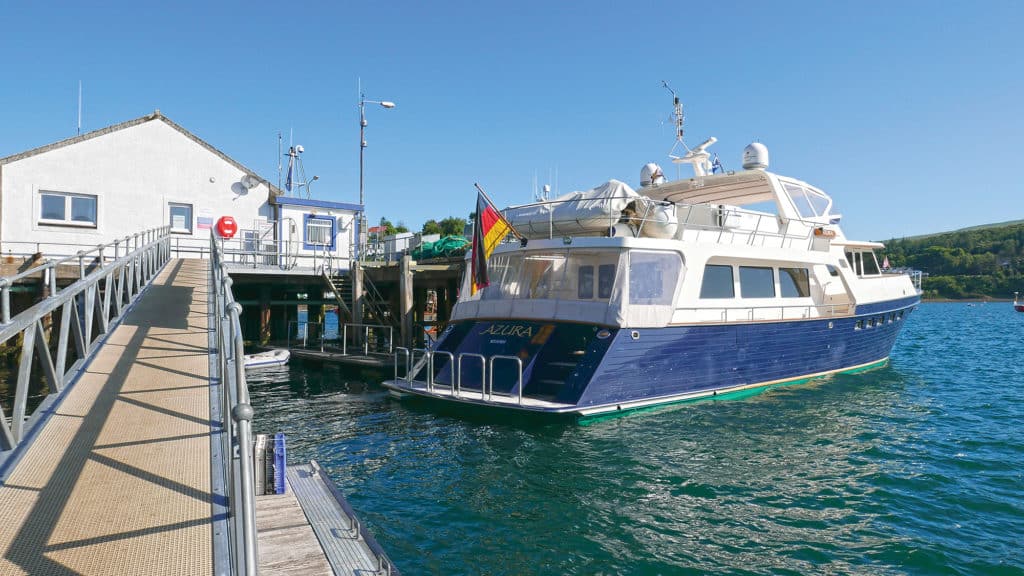
THE YACHT
The Route, By Thomas Kittel
Leg 1: From Rostock, Germany, to London was practically without alternative. You have to go west, but the Baltic Sea is rather smooth, as is the Kiel Canal. The North Sea can be rough, but it wasn’t until we reached the Netherlands, where we entered an inland waterway. Leg 2: London to Oban, Scotland, should have been protected against westerly winds, but there were strong northerly winds keeping us in Hartlepool. The Caledonian Canal from Inverness to Fort William and farther to Oban was very protected. Leg 3: Moving from Oban through the Hebrides, around Cape Wrath and along the Scottish North Coast to the Orkneys and Fair Isle was partly rough but mainly smooth with the Atlantic swell from behind when going east. Leg 4: This was basically the Irish Sea with an Atlantic swell, but only from Wales to Cornwall. Leg 5: This took us east again along the south coast of England, and then back on where we were with leg 1. It was a better direction, with wind mainly from behind.

